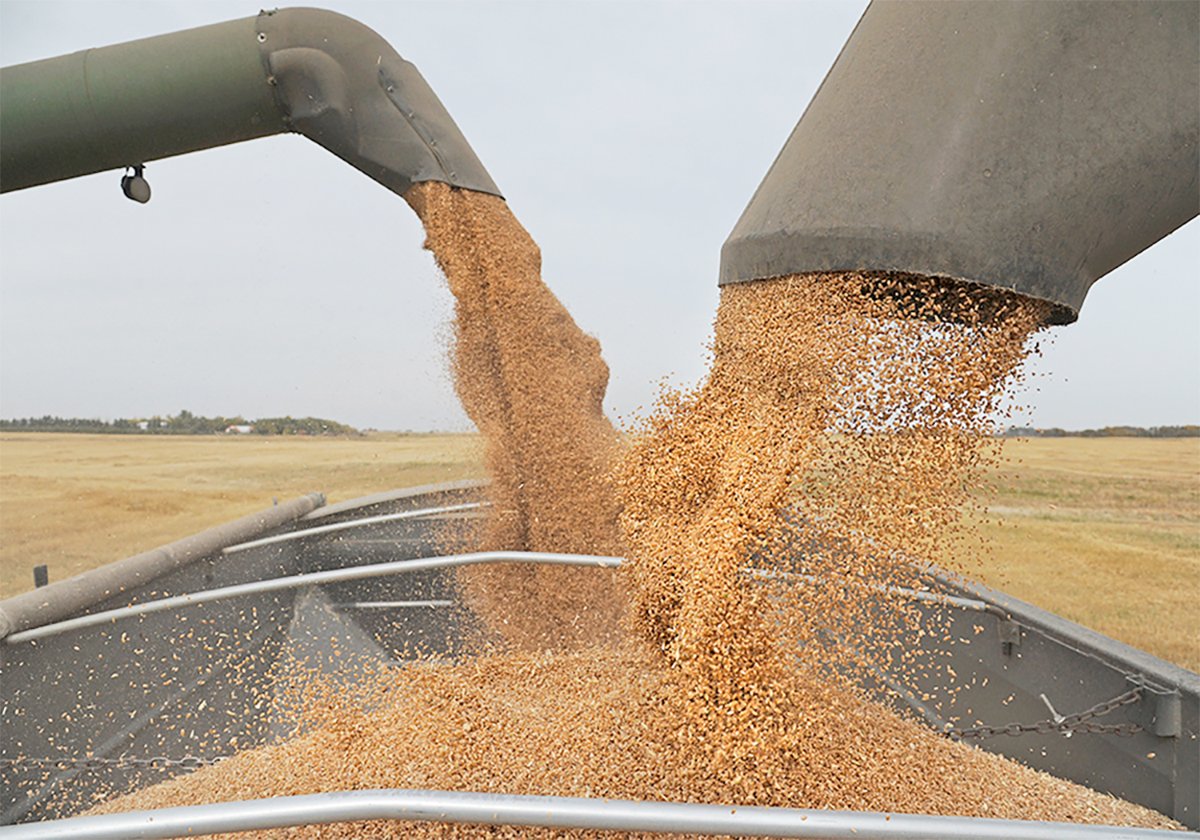The Canadian economy is anemic. Tariff and trade uncertainty abounds. This year’s projected federal deficit is $78 billion, which is expected to increase government debt to $1.35 trillion by the end of the year.
Meanwhile, agricultural productivity gains have dropped.
Agriculture doesn’t get the federal attention it deserves, but it’s a vital component of the Canadian economy, and there’s a way to enhance ag productivity with little or no cost. It doesn’t even require a bunch of legislative changes.
Read Also

Farmland must be prioritized for growing food
In Ontario, more than two million acres of corn (No. 2 yellow dent) is specifically adapted for livestock feed and ethanol production and not for human food.
It’s simply a matter of some common sense and a change in attitude at the Pest Management Regulatory Agency and Canadian Food Inspection Agency.
CropLife Canada represents industry players in seed innovations and crop protection products.
While there’s a natural tension between farmers and farm input suppliers, on this issue everyone should be on the same page. A wide range of farm organizations from across the country have joined CropLife Canada in pushing for change.
The organization claims that more than $100 billion in gross domestic product growth could be unlocked over the next decade. Most observers have become a bit numb over economic studies projecting massive gains, but there’s little doubt that excess regulatory caution is hurting farm returns.
Pierre Petelle, president and chief executive officer of CropLife Canada, gives regulatory authorities some credit for improved harmonization of standards with other nations.
If a product has been tested and approved in countries with similar rigorous requirements, there’s no need to redo all of that work.
However, Petelle points out that just a few extra Canadian requirements often hamper product approvals in Canada.
For large markets such as Brazil and the United States, companies will jump through all the necessary hoops to get a product registered and into the hands of farmers.
Canada is not a major market, with only three or four per cent of global crop protection sales. Companies can choose to avoid the Canadian market altogether if the potential return doesn’t justify the extra cost and time.
Petelle claims there are half as many submissions for pesticides seeking regulatory approval in Canada as there were a decade ago, and yet the timelines for approval have nearly doubled.
Other countries have established more efficient and predictable regulatory frameworks.
According to Petelle, some Canadian companies are working to commercialize their products in other countries due to uniquely Canadian demands and lack of timeliness.
“Let’s get out of our own way,” says Petelle.
Health and safety standards need to be maintained, but there can be a huge economic cost for an unreasonable level of safety.
“In the past 10 years,” says Petelle, “economic arguments didn’t resonate unless there was a climate angle.”
When a registration for one product is removed, the alternatives may be even worse for the environment. For instance, the loss of a seed treatment will often mean more foliar product applications. That doesn’t seem to enter into the analysis.
While some of the necessary changes at PMRA and CFIA are administrative, Petelle sees mindset and attitude as the major impediments.
That comes from the top down as politicians in recent times often double-guessed the science-based decisions of the agencies. If you want to avoid any wrath from your political masters, err on the side of being overly cautious.
The federal budget that projected a $78 billion deficit also pledged to reduce red tape and regulatory burden. One can only hope this is more than just words and that it pertains to the PMRA and CFIA.
















